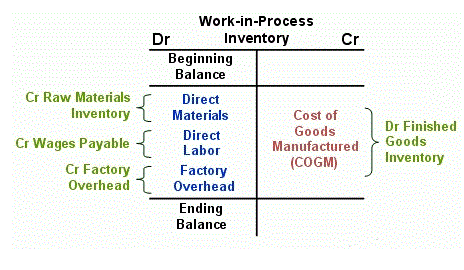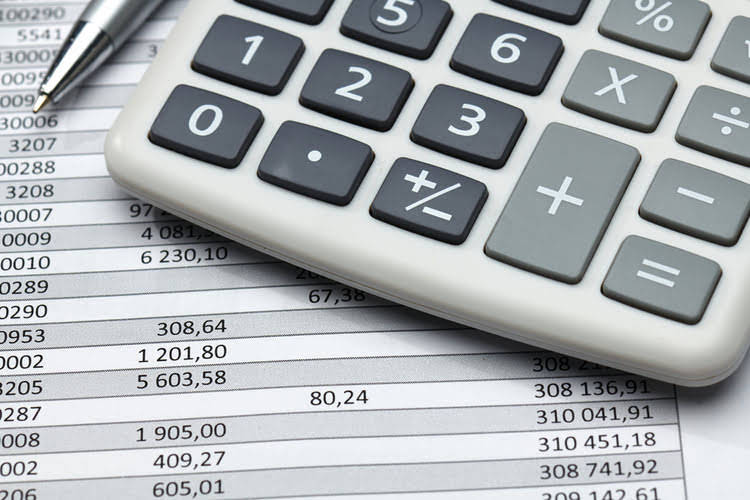
In other words, the company issued some shares to investors and then bought back some of the shares. This in turn leaves a reduction in the number of shares that is currently outstanding. Look at the line item for common stock, this is the main class of stock that is being issued to investors. Also, there should be a statement or brief description within that line stating the number of shares outstanding.
Steps to Calculate Weighted Average Shares Outstanding

Before their availability on the secondary market, shares are authorized, issued, and, finally, purchased by investors who became equity owners or shareholders of the issuing company. Shareholders of common stock typically possess the right to participate in annual shareholders meetings and contribute toward the election of the company’s board of directors. A company also often keeps a portion of its total outstanding shares petty cash of stock in its treasury from both initial stock issues and stock repurchase. Let’s say that Helpful Fool Company has repurchased 500 shares in this year’s buyback program. The company now has 5,000 authorized shares, 2,000 issued, 500 in treasury stock, and 1,500 outstanding.
- The balance sheet, or statement of financial position, shows a company’s financial standing at a specific date.
- Its par value is different from the common stock, and sometimes represents the initial selling price per share, which is used to calculate its dividend payments.
- If you are an investor, this figure will enable you to determine how a company has performed on a per-share basis compared to the competition within the industry.
- They’re used by investors, analysts, and company executives to assess a company’s market value.
- Distinct from outstanding shares, issued shares include those held as treasury stock, affecting key financial metrics like market capitalization and earnings per share.
- Stock buybacks reduce the number of shares outstanding, as the company repurchases its shares from the market.
Everything You Need To Master Financial Modeling
- Yes, understanding a company’s outstanding shares is important for investors to calculate key financial metrics, such as EPS and P/E ratio, and to assess the level of control management has over the company’s operations.
- The difference between issued and outstanding shares is attributed to treasury stock, which represents shares the company has repurchased and holds in its treasury.
- We multiplied the number by 12 for each month and did an average over these 12 months.
- When a large amount of cash is recorded on the balance sheet, it’s generally a good sign as it offers protection during business slow-downs and provides options for future growth.
- The balance sheet, typically included in quarterly and annual reports, provides essential data on company equity.
- While only the securities that are “in-the-money” were included in the past, the more conservative approach of including all (or most of) the dilutive securities is now common practice.
The shares companies issue are known as authorized shares, which are the maximum number of shares they are lawfully permitted to make available to investors. If a company considers its stock to be undervalued, it has the option to institute a repurchase program. In this case, the company may reduce the number of shares outstanding by buying them back and taking them off the open market. For the most part, there’s no need to calculate the number of shares a firm has because the firm itself will disclose the number itself.
Outstanding Shares Formula and Calculation

Investors and analysts seek to understand a company’s financial health, and one important metric in this assessment is the number of shares outstanding. This figure impacts key ratios such as earnings per share (EPS) and market capitalization. Knowing where to locate shares outstanding on financial statements is essential for accurate analysis. Review of XBRL filings shows that a number of companies have reported the default value of the SharesIssued tag on the statement of shareholders’ equity as the value of shares outstanding. Shares outstanding refers to the number of shares of common stock a company has issued to investors and company executives. The number is used to calculate where is shares outstanding on balance sheet many common financial metrics, such as earnings per share (EPS) and market capitalization.

Journal Entries and Accounting
Outstanding shares refer to the total number of shares of a https://afrose.in/ecommerce-management-101-how-to-create-a-winning/ company’s stock that are currently owned by investors, including institutional investors, insiders, and the general public. Understanding outstanding shares is crucial because it can help investors make informed decisions about buying, selling, or holding a particular stock. The most commonly used stock split ratios are 2-for-1 and 3-for-1, meaning shareholders receive two or three additional shares for every share they already own. In a 2-for-1 split, for example, the number of outstanding shares doubles while the share price is cut in half. Weighted average shares outstanding is the number of company shares after incorporating changes in the shares during the year.

 Bookkeeping
Bookkeeping